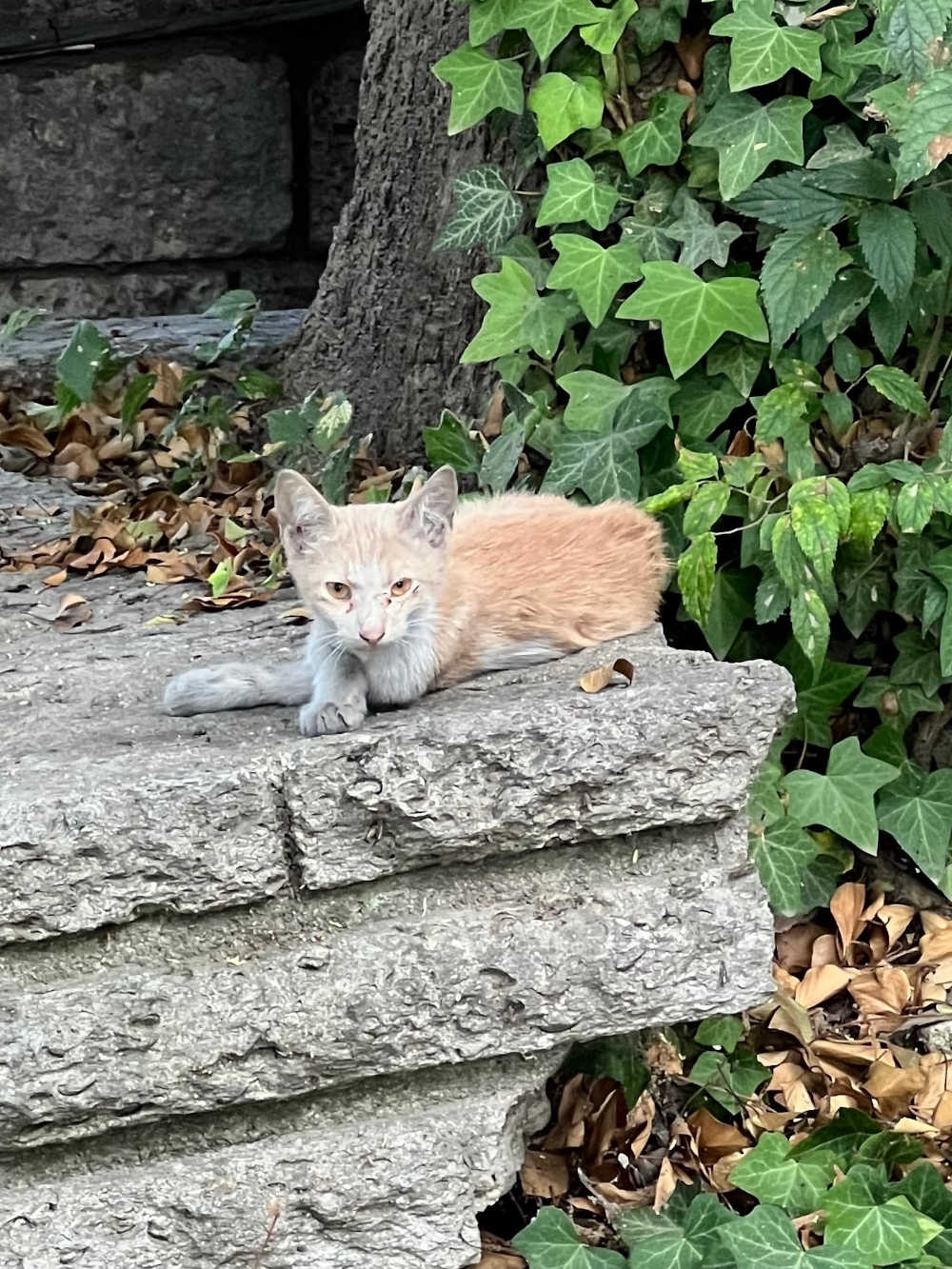
"Adopt don't shop" - why?
The reason why we STRONGLY advocate everyone in Varna (and Bulgaria - and the rest of the world) to adopt cats rather than buy them is our concern for the extremely large number of domesticated animals suffering on the streets of Bulgaria. So ADOPT DON’T SHOP to help us:
-
Give a home to a cat that really needs one.
- Due to the extremely large number of cats on the streets of Bulgaria, many cats suffer and die terrible deaths, because there are not enough people to provide them with food, water, and medical assistance. Therefore, try to give a home to a cat that really needs one, for social or medical reasons!
- If you decide to adopt a cat from private people, make sure that they provide you with evidence that they rescued the animal from the street, rather than having bred it.
-
Boycott the animal breeding industry!
- Considering the extremely large number of animals on the streets of Bulgaria, this industry should not exist, and we highly discourage anyone from supporting the industry financially.
- As a rule, you should not give money for an animal. The only exception: some organisations or private people may ask you for a small adoption fee to cover the costs of adopting the cat (e.g. transport fees, microchipping, vet fees). You should request evidence that the money is being used to cover such expenses rather than as income for the people giving away the cat.
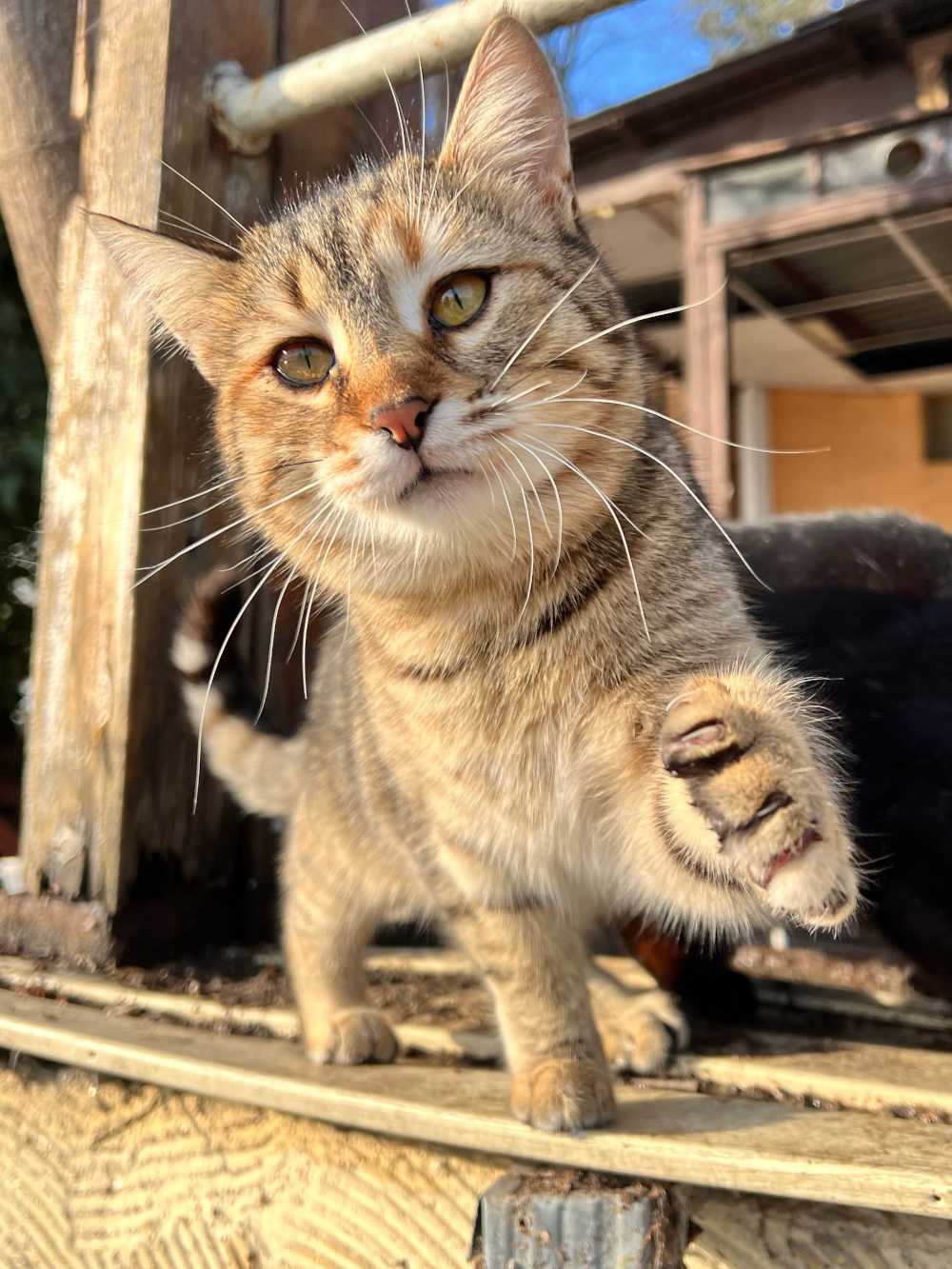
Where to adopt from?
There are several organisations in Varna and countless organisations elsewhere in Bulgaria dedicated to rescuing animals and getting them adopted. LeoLife Bulgaria is not an individual animal rescue organisation, but we are in close contact with some of the animal rescue organisations in Varna. If you want to adopt a cat, we recommend using one of the following organisations and platforms:
- Tenth Life
- Animal Hope Bulgaria - Varna
- Dobrolek Inn and Healing Sanctuary
- purrs.bg
- Directly from the street - but only when the cat is friendly! IMPORTANT: Never remove kittens from their mothers unless you are sure that the mother has abandoned the kittens or is otherwise unable to care for them. Kittens should wherever possible be left with their mothers until 3 months of age. If the kitten is alone, you must wait for several hours to see if the mother cat returns. Only then should you take the kitten if you believe that it cannot survive on its own.
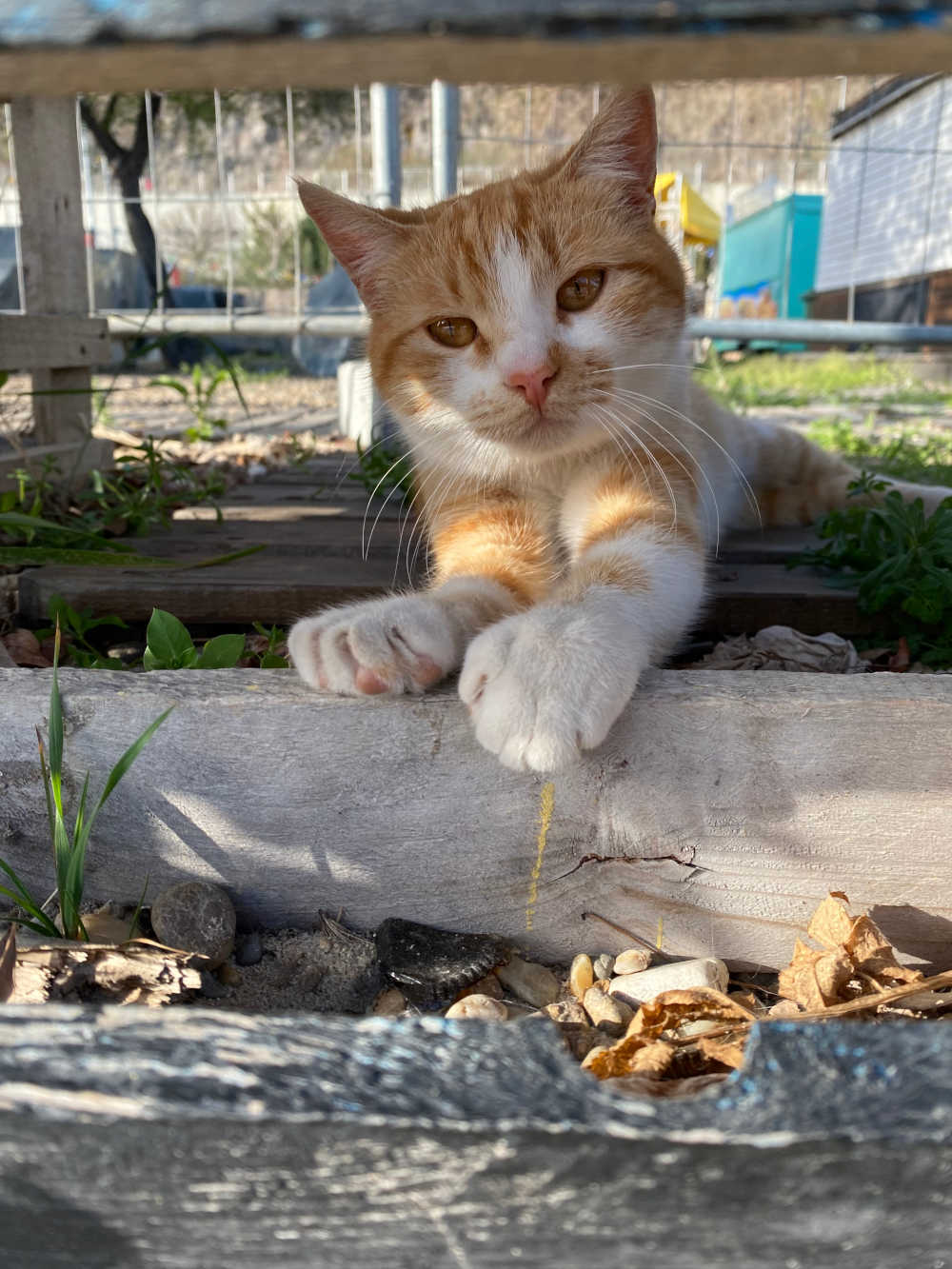
How to adopt a cat
In private, we have adopted 4 cats ourselves and have fostered and found homes for an additional 8 cats. Based on this experience, these are our best practice recommendations for adopting a cat in need:
What to do before you adopt
-
Buy equipment:
- Hard-shell cat carrier (this is the safest way of transporting a cat)
- Cat toilet
- Cat litter - we recommend biodegradable litter
- Toys for passive and active play
- Scratch post
- Cat food - dry food and wet food
- Food bowls
- Water bowls
- Soft place to sleep
- Important: NEVER buy equipment from zoo shops that sell any kinds of live animals in the shop. This practice is cruel, and will soon be banned in the EU. Do NOT financially support such stores.
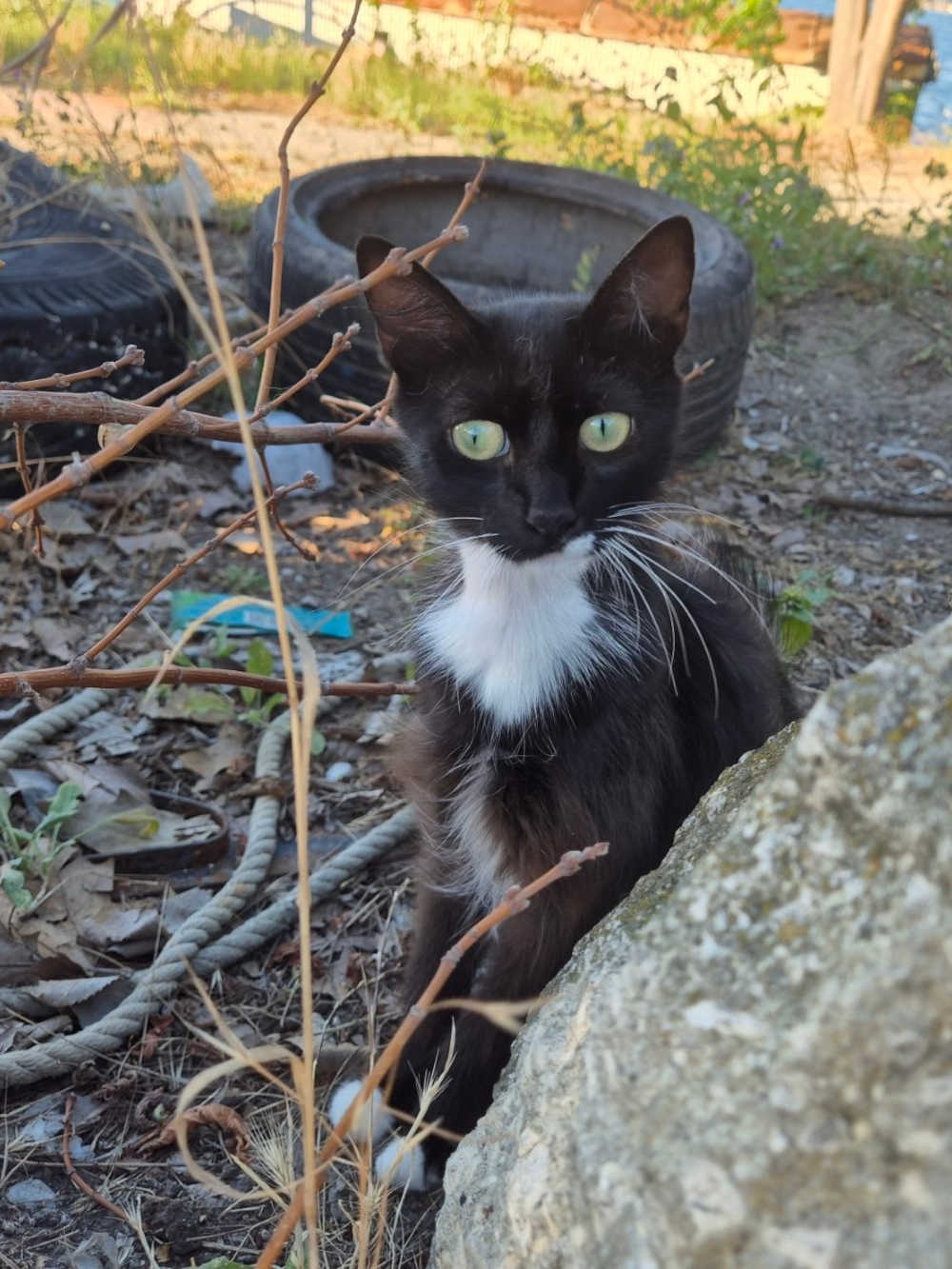
-
Decide on a single room to keep the cat for the first week
- Cats can be very scared when they enter a home environment, and to reduce the stress, it is best to limit the amount of space the cat has access to for the first few days.
-
Cat-proof the room that they will stay in for the first few days:
- The cat must have access to a safe place to hide, but make sure there are no hiding places where you cannot retrieve the cat from if it starts hiding.
- Make sure there are no objects that are harmful for the cat.
- If you keep windows open in that room, make sure that these are safe for the cat. Many windows nowadays open from the top to create a downward-sloping angle from top to bottom. This is extremely dangerous for cats, as they can get stuck and die slow and terrible deaths. If you have windows as such, make sure to ONLY keep them open when supervised. If you require them to be open more often, please modify them (e.g. with a net) to ensure that there is no risk for a cat to get stuck.
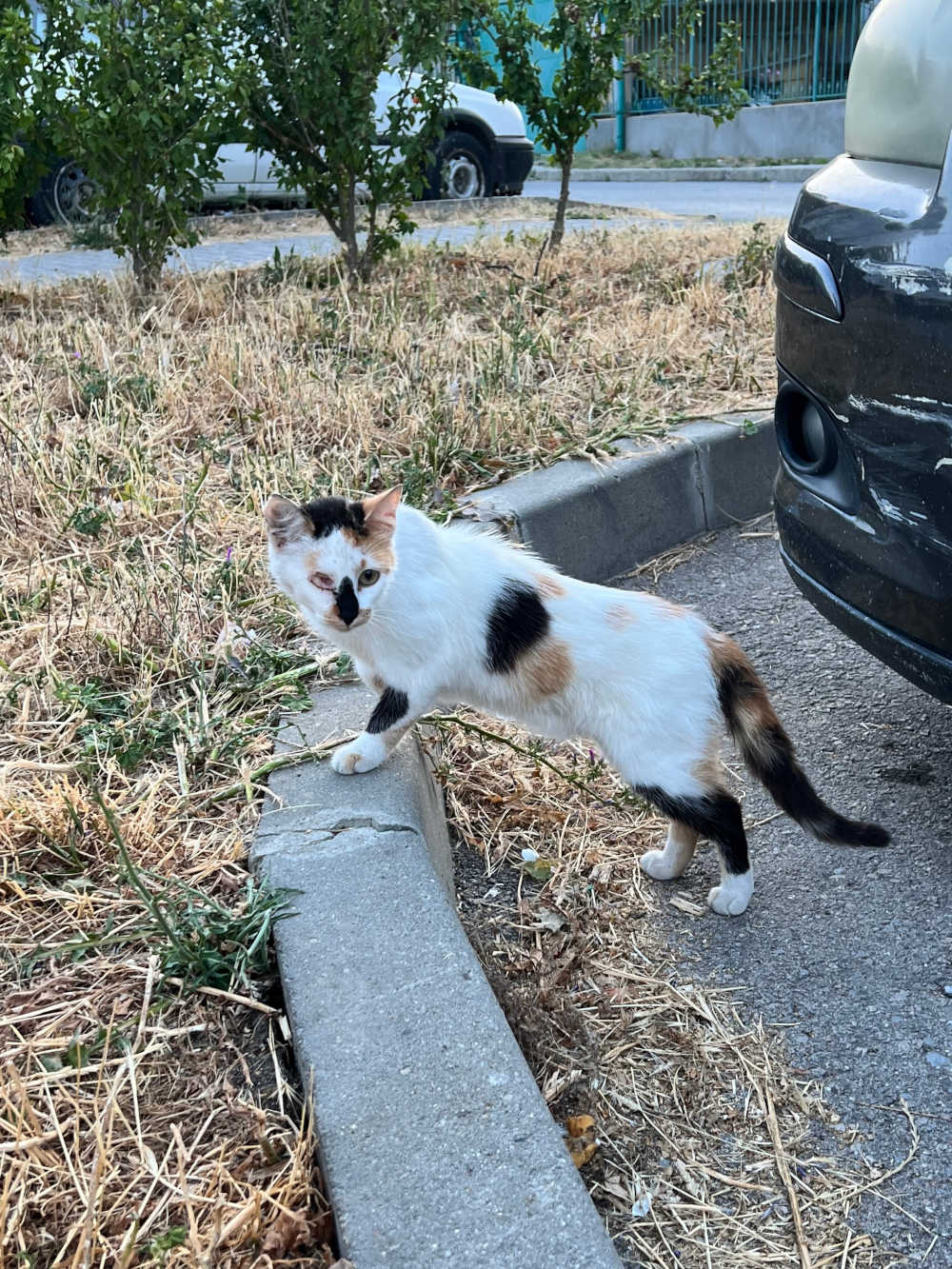
After you adopt the cat
-
Take it to a vet (unless you're adopting from an organisation in which case all of the below should have already happened - make sure to get the organisation to provide you with all medical information about the cat):
- Carry out a physical examination.
- Carry out a triple test and a double test to test for serious diseases and potential for infecting other animals.
- Get it chipped.
- Treat it for parasites, internal and external.
- If it is old enough (at least 4 months), get the cat neutered.
- As soon as you get home, place the cat in the designated room with access to food, water, and toys. If the cat is very stressed, leave it alone for a few hours. Then go into the room (only one person at a time), and sit down on the floor very quietly for 15-30 mins at a time, to get the cat used to your presence. It is very important that you stay calm and quiet!
- Once the cat is completely comfortable with the presence of you and any other humans (including children!) in your home, try to play with the cat in the room. Some cats on the street have no idea what toys are, so it may take a few days. We promise you that the cat will eventually want to play and will love you for it! Play is such a powerful way to create a strong bond with your pet. Make sure to always use appropriate toys - do not train a cat to play with your hands or feet, as this can create problems later on.
- Once the cat is comfortable with your presence and with play, start giving it access to the rest of the house. Important: if you have other animals in your home, please spend some time educating yourself on the proper process for getting them used to each other. Socialising cats together can take anywhere from a few hours to a few months, depending on the personalities of the cats. Socialising cats with other animals may take even longer (and in some cases may be impossible). You will find a lot of information on the internet about how to properly socialise a new cat with your other animals. Please only use information written by veterinary professionals or cat behaviour specialists.
When you decide to ADOPT, you are making a huge contribution to improving the lives of suffering animals. Thank you for reading - please share this page with anyone that is considering getting a cat!